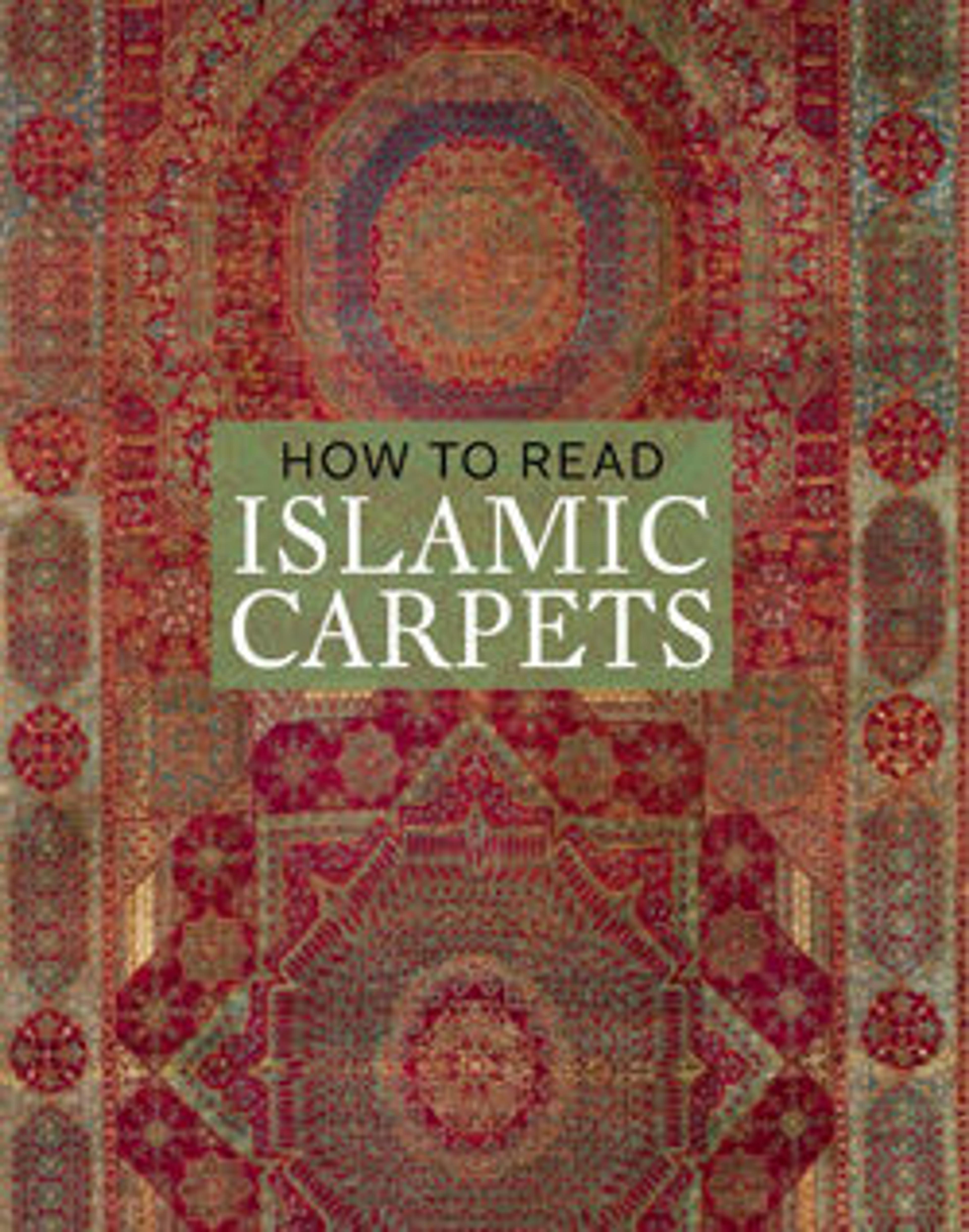Pashmina Carpet with Gateway-and-Millefleur Pattern
The area of northern India and eastern Pakistan was an important region for carpet weaving during the late seventeenth and eighteenth centuries. Millefleur carpets and some later flower-style pieces were manufactured there. They were usually made with fine knots and expensive pashmina wool. The type shown here was designed as a pair of cypress trees on either side under an arch, symbolizing the gateway to a flower-filled paradise. This example is distinguished by its geometric treatment of the millefleur pattern and a central vase from which the motifs grow.
Artwork Details
- Title: Pashmina Carpet with Gateway-and-Millefleur Pattern
- Date: second half 18th century
- Geography: Made in Northern India, Kashmir
- Medium: Cotton (warp and weft), pashmina wool (pile); asymmetrically knotted pile
- Dimensions: Rug: H. 74 3/16 in. (188.5 cm)
W. 47 11/16 in. (121.2 cm)
Mount: H. 79 1/8 in. (201 cm)
W. 51 1/4 in. (130.2 cm)
D. 3 1/4 in. (8.3 cm) - Classification: Textiles-Rugs
- Credit Line: Gift of Joseph V. McMullan, 1970
- Object Number: 1970.302.7
- Curatorial Department: Islamic Art
More Artwork
Research Resources
The Met provides unparalleled resources for research and welcomes an international community of students and scholars. The Met's Open Access API is where creators and researchers can connect to the The Met collection. Open Access data and public domain images are available for unrestricted commercial and noncommercial use without permission or fee.
To request images under copyright and other restrictions, please use this Image Request form.
Feedback
We continue to research and examine historical and cultural context for objects in The Met collection. If you have comments or questions about this object record, please contact us using the form below. The Museum looks forward to receiving your comments.
